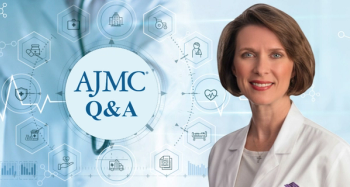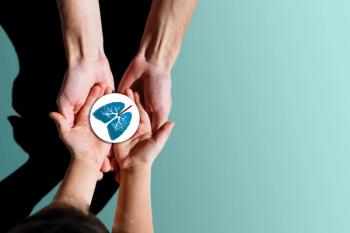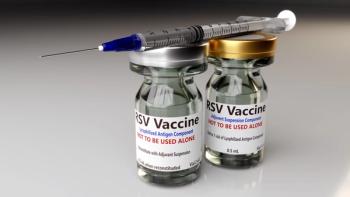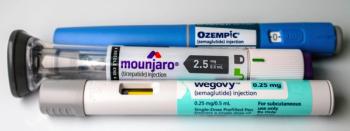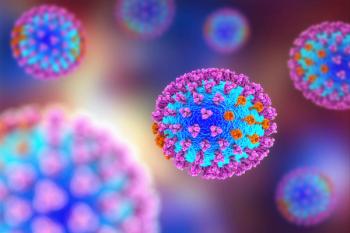
Dr Ravin Ratan on Treating Soft Tissue Sarcomas: Children vs Adults
Ravin Ratan, MD, MEd, MD Anderson, delves into how treatment paradigms and considerations differ between adult patients and pediatric patients who have soft tissue sarcomas.
Ravin Ratan, MD, MEd, associate professor, Department of Sarcoma Medical Oncology, Division of Cancer Medicine, The University of Texas MD Anderson Cancer Center, delves into how treatment paradigms and considerations differ between adult patients and pediatric patients when they are diagnosed with
For example, children are able to withstand higher totals of chemotherapy treatments compared with adults, and they have different quality-of-life concerns. This type of cancer is also much more common in children than adults, and although cancer is less likely in a pediatric population, overall, it is more likely to be a sarcoma than it is in adults, Ratan says.
Transcript
How do treatment considerations differ for soft tissue sarcomas between adult and pediatric patients?
I said that sarcomas are
Kids are different than adults in a lot of different ways. There's a whole sort of developmental aspect to it, right? Being 9 years old and having cancer is very different from being 75 and having cancer, both socially in terms of having to deal with school and friends and the expectations that a kid has vs one that an older adult might have. But then they're also very significant biological differences. Kids can take a lot more chemotherapy than adults can safely. And so for some of these sarcomas, like I mentioned—Ewing sarcoma, rhabdomyosarcoma, that are more common in children—the pediatric oncology’s done a really great job of making sure that they enroll these kids in studies that then define how we treat those diseases. They do a much better job of it, in fact, than adults.
One of the consequences of that has been, take Ewing sarcoma: Something like 40% of Ewing sarcoma cases occur in patients over the age of 18, but the vast majority of the studies are done in pediatric centers. And so, the treatment paradigm for how we treat Ewing sarcoma is something that's developed primarily in people under the age of 18, even though there's a huge segment of patients that are in their 20s, 30s, 40s, maybe even 50s, with the same disease. And you can't just take that pediatric paradigm and apply it to adults. Adults cannot take the amount of chemotherapy kids can, as safely—I wouldn't say comfortably, but as safely—as kids can.
One of the challenges that I have in my day to day is trying to sort of take data that's been developed in children and try to figure out, okay, well, is it okay to apply this data to a 25-year-old? Well, how about a 30-year-old? How about a 60-year-old? At what point does that person become an adult and not a child, for the purposes of treatment? I think that we're trying to understand more of that, but that's a work in progress.
Newsletter
Stay ahead of policy, cost, and value—subscribe to AJMC for expert insights at the intersection of clinical care and health economics.

